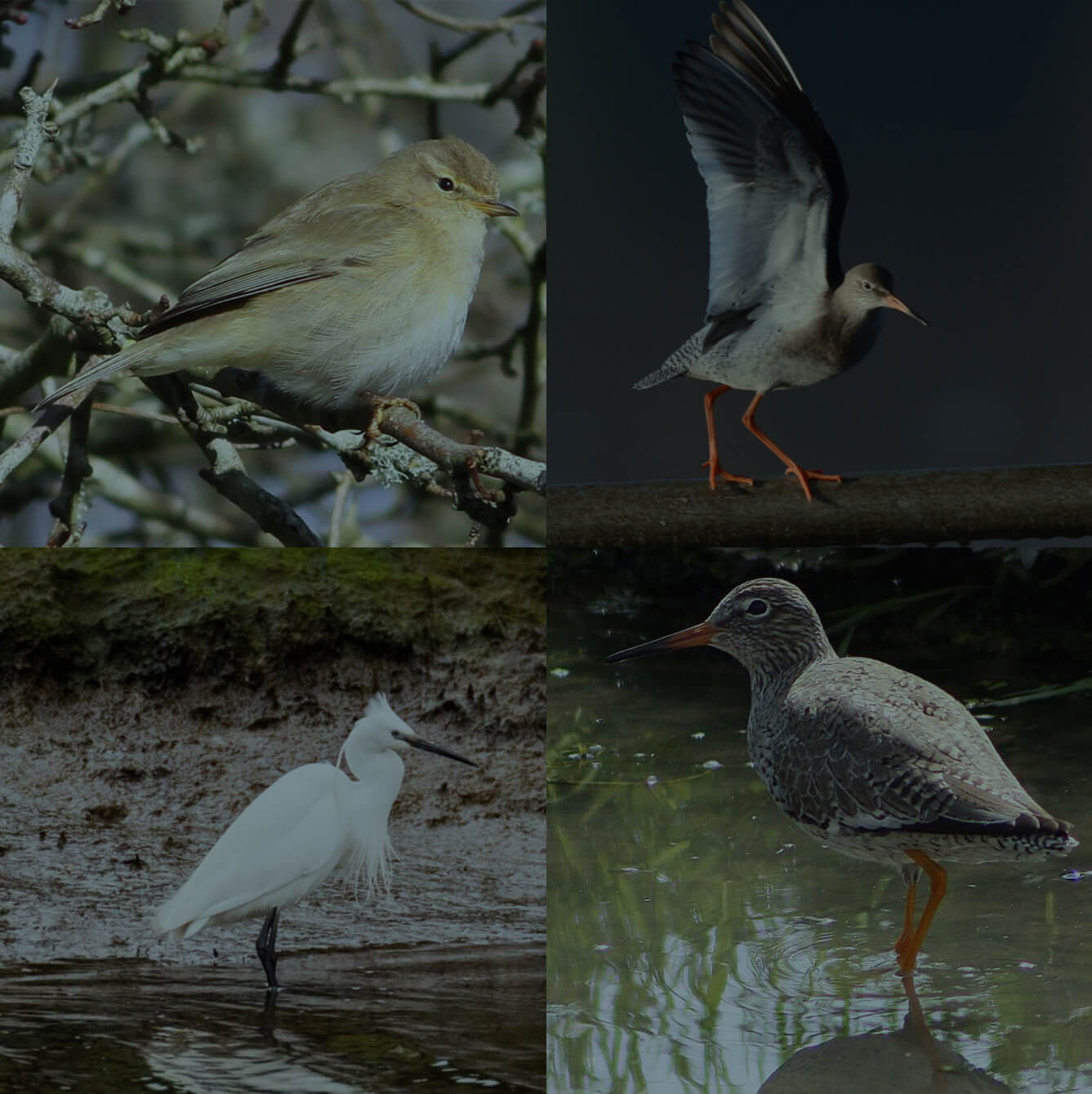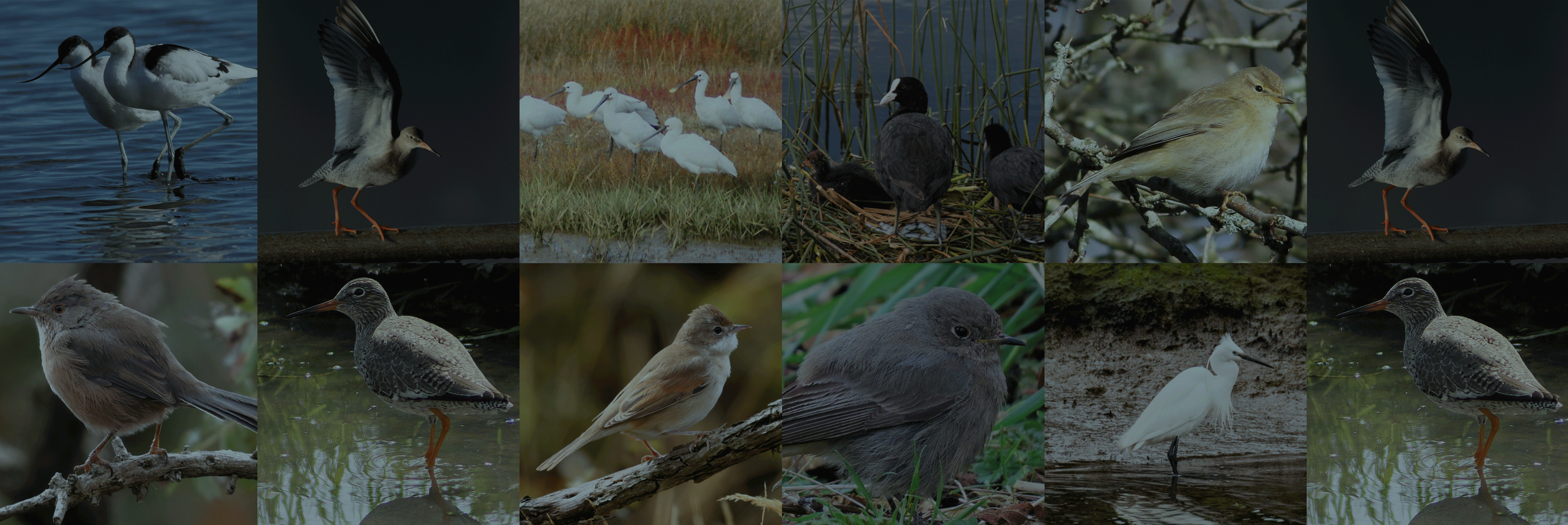Managed by Natural England, Hartland Moor NNR is a large and important stretch of heathland that sits to the south of RSPB Arne and north of Corfe Castle. Referred to by Enid Blyton as Mystery Moor its large and open setting offers great views as well as great birds.
The centre of the site is wet and boggy providing attractive hunting grounds for Hobby that feed on dragonflies as they emerge in the warm Dorset sunshine. Classic heathland species such as Dartford Warbler, Stonechat and Meadow Pipit can all be found relatively easily and the area lends itself to holding good numbers of common migrants such as Wheatear, Redstart, Yellow Wagtail, Whitethroat and Whinchat during the autumn with Woodlark gathering here from September onwards.
In summer Cuckoo and Nightjar are frequent and during the winter birds of prey such as Peregrine, Merlin and occasionally Short-eared Owl can be found. There is a good number of footpaths criss-crossing Hartland Moor but responsible walking, dog walking and cycling is key to keeping this special and sensitive habitat in pristine condition.
Birding Info
The Hartland area can be excellent for passage migrants especially in autumn. The most productive months for migration are August and September where species such as Redstart, Whinchat, Willow Warbler, Common Whitethroat, Wheatear and Spotted Flycatcher can all be found around the heathland fringes. Hartland also has a healthy population of Dartford Warbler and Nightjar which can be found relatively easily during summer evenings. There are also numerous ‘perching posts’ out in the wetter less accessible parts of the Moor which attract Merlin and Peregrine in winter which use them as plucking posts.
Facilities
Cycling to and around Hartland is by far the best way to see the area with a selection of paths criss-crossing the moor. Please stick to cycle paths and refrain from cycling across the heathland as this this is hugely damaging to both the habitat and heathland breeding species. There are no public toilets or facilities on or around Hartland with the nearest being RSPB Arne around 2 miles away.
Parking
Parking around Hartland Moor is fairly limited with most users of the area parking in the Middlebere Farm access layby located at BH20 5BN. There is strictly no driving or parking down the Middlebere Farm access track and please refrain from parking on road-side verges around Hartland Moor.


